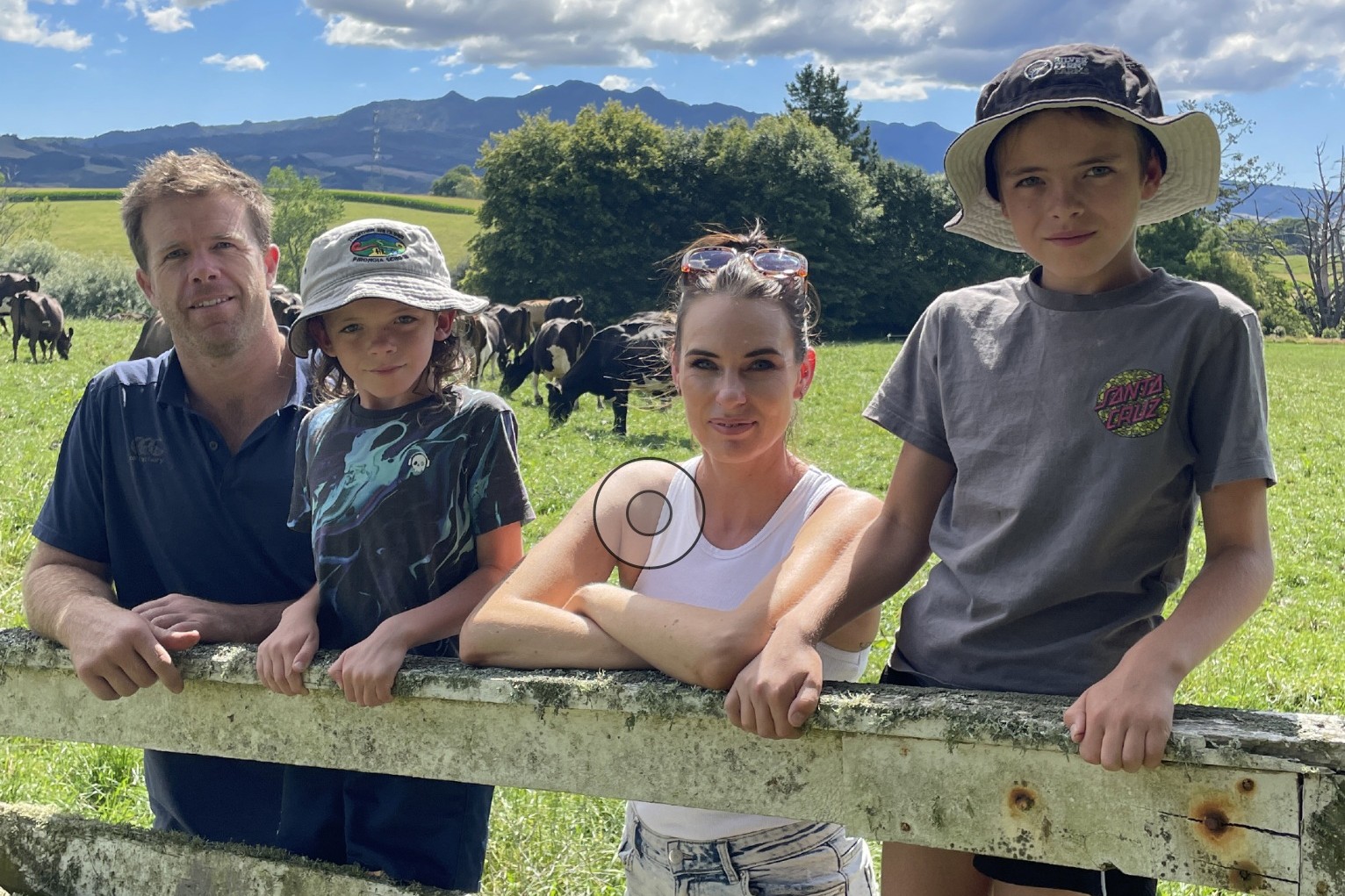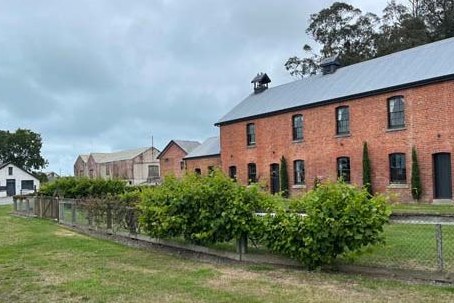Paddock analyses will indicate where renewal will give the most profitable result, as Anne Lee reports.
Keeping paddock grazing records – even basic ones – can make you thousands of dollars when it comes to renewing pastures. It can save you money too.
“That’s the power of smarter renewal – having paddock records and being able to analyse what you do,” Barenbrug’s marketing manager Graham Kerr says.
There’s no doubt there’s money to be made in renewing pastures but people often make the mistake of simply spraying out paddocks based on what they look like or based on how old they are.
“On every farm I’ve ever analysed there’s at least 100% difference between the poorest performing paddock and the best when it comes to yield, so there’s money to be made all right.
“The only problem is people often don’t renew what’s actually the poorest performer so they’re not only missing out on getting the best return on their investment they’re also spending money in the wrong place.”

Keeping paddock records could be as simple as putting up a piece of paper in the farm dairy with paddocks listed and adding a tick each time cows go into each paddock.
“If you note the area of each paddock you can have a column that notes the grazings per hectare.
“At the end of the season you can see very quickly the paddocks the cows aren’t getting back to very often.”
There could be other reasons for less frequent grazings such as distance from the farm dairy, a different soil type or flood-prone paddocks but the basic analysis gives you an objective place to start when it comes to renewal decisions and planning.
“It can be a real eye-opener,” Graham says.
Pasture growth records from pasture recording platforms such as Minda Land and Feed, Pasture Coach or Agrinet can be used in the same way although they will allow for more accurate analysis of actual pasture drymatter (DM) per hectare yield differences. If you’ve been plating or recording pasture DM regularly throughout the season you can produce a report that shows DM/ha yields for the year, and by ranking them from highest to lowest it’s possible to see where the greatest gains are to be made in renewal.
But, as with grazing records, it’s unlikely it will be as simple as starting at the lowest performer and working upwards. Graham says you need to look at the yield information in light of other factors, as figure one shows.
“If you look at the difference between the lowest performer and the top performer you’ve got a potential missing 8.5t DM/ha for the worst paddock.
“If all the paddocks are similar – similar soils, irrigation – then that might be true. But in this case some are flat irrigated, some are rolling (land) irrigated where the irrigation isn’t quite as good, and some are in summer dry country.
“When you split them into their different areas you can see the difference between the top and bottom performers for those areas aren’t necessarily as great as before.
“There’s not actually a lot to be gained by taking the bottom performer in the summer dry area and getting it up to the top performer in that area – only 1.5t DM/ha/year.)
Instead the biggest gains will come from improving the poor performers in the flat, irrigated area.
“Almost invariably on farms the paddocks to renew first are the worst paddocks on the best part of the farm – they are the sitters for renewal,” Graham says.
He’s found that even seasoned, experienced farmers can be surprised at what the analysis shows.
“So often it isn’t until you do the numbers that it’s obvious.”
Measure to renew
Figure two for the Lincoln University Dairy Farm (LUDF) shows a similar story although the pasture is measured as pasture disappearance or what’s consumed rather than growth rate. Paddocks are grouped according to soil type. The obvious candidate for renewal is N11 but it is also the paddock that gets a pretty hard time as it’s located next to the farm dairy and used for any sick or lame cows.

N11 is pretty unfairly treated so it’s put to one side in the renewal analysis and others are considered before it, Graham says. Instead, N3 was the first to be renewed.
Analysis is also carried out on how paddocks perform following renewal at LUDF. It gives discipline over ensuring renewal is achieving what it sets out to and if it doesn’t the team looks at why so that improvements can be made.
Financial analysis shows the farm spends about $1000/ha on renewal, which is paid back within the first season.
Over the following five years the total benefit is estimated to be $6430/ha when a milk price of $6.35/kg milksolids (MS) is used.
“It shows we are doing successful renewal at LUDF and it gives us confidence to keep investing in it,” he says.
LUDF has renewed anywhere between 5-20% of the farm per year over the years.
“It’s purely driven by how many paddocks we can find. If we can’t find any that fit the criteria we won’t renew them.”
Know the drill
Fifteen centimetre drill rows are for cereals, not pastures, Graham Kerr says.
“All that space left between the rows is just ideal for weeds and old grasses to germinate and fill in.”
Instead, a roller drill will give more even seed spread, giving new pasture seedlings a better chance of competing.
It will also give clover a better chance at establishment.
If it’s sown in the row with ryegrass seed it is going to get shaded out by the ryegrass, he says. If paddocks can’t be roller drilled they should be drilled in a diamond or cross pattern.
That too will give clover a chance but reduce the open space for weed and old grass species invasion.
“We also see people who direct drill put clover and about 5kg/ha of ryegrass seed into a separate small seed box and dribble that on in front of the main drill so you have ryegrass drilled in rows behind.
“It helps fill in the gaps between the rows.
“Clover loves light but we don’t want great big empty areas where weeds can take over.”






